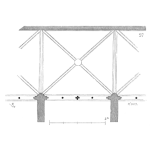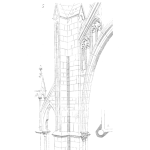
Guest Post by Malcolm Peart (first posted on CERM ® RISK INSIGHTS – reposted here with permission)
Risk…it’s everywhere whether the risks are known or unknown, foreseeable or unforeseeable but, as the saying goes, “one person’s risk is another’s opportunity”.
Within this risk-opportunity spectrum we have the risk averse, the risk seeking as well as those who purport to manage risk for their business or personal lives.
We also have those who believe that risk is something that happens to other people and those who believe that Murphy’s Law will always apply to them, always, at all times, and in every circumstance.
[Read more…]













 Ask a question or send along a comment.
Please login to view and use the contact form.
Ask a question or send along a comment.
Please login to view and use the contact form.